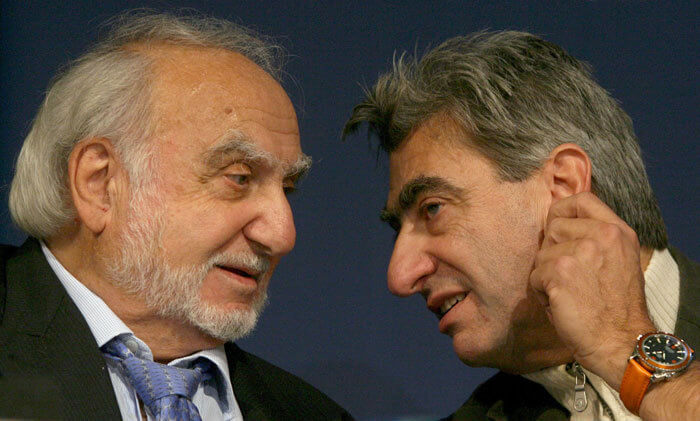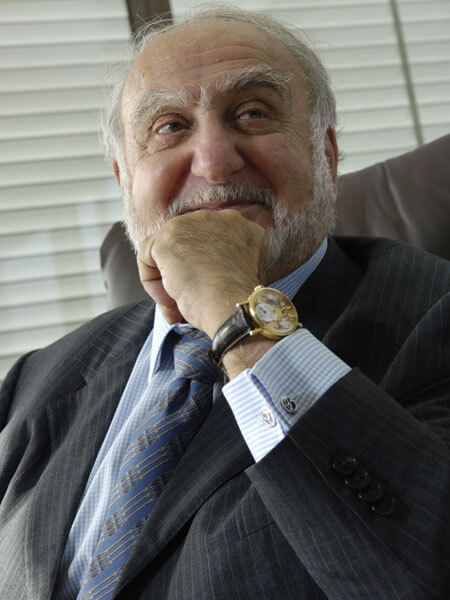His magic formula? Swatch, a brand that is synonymous with Swiss watchmaking excellence and recognised across all five continents. March 1st, 1983 was a red-letter day when this plastic watch was simultaneously launched in Switzerland, Germany, the United Kingdom and the United States. Since then, it has pulverised records with over 400 million sold to date. Certain models have been known to fetch record figures at auction. The Swatch’s designers weren’t afraid to label this little piece of plastic with the luxury tag, raising the heckles of the profession which saw this as one more thumb-of-the-nose, if not a rather distasteful show of arrogance by the group. “New luxury is authentic, unique, comfortable, affordable and emotional,” Hayek declared.
From Delirium Vulgaris to Swatch
As deliberate as this air of provocation may have been, when the Swatch launched in the midst of the quartz revolution it was with solid credentials. To tell the story of Swatch is to explain how, in 1975, Nicolas Hayek met Ernst Thomke, then head of Ebauches SA which owned ETA, and the technician Jacques Muller. Thomke was convinced that “a quality, fashionable product can put the Swiss watch industry back on track.” His idea was to make a thin quartz watch, in plastic or some other material, to first-class specifications and at a price that could compete with mass-produced products from the Far East.
His project began life as Delirium Vulgaris, a reference to the Delirium Tremens or Calibre 99, the world’s thinnest analogue quartz watch at just 1.905 mm thick. ETA had launched it in 1979, again in response to the Japanese who, a year earlier, had produced a watch 2.5 mm thick. Jacques Muller set to work designing a compact movement with just 51 parts. It revolutionised the traditional three-part structure of main plate, case and case back. The Swatch watch’s plastic back doubled as case and main plate, the movement was assembled from the top, and the crystal was sealed using ultrasounds.
Marketing genius
Nicolas Hayek, whose flair for marketing was still largely unknown, took care of the rest. The first Swatch, a stunningly sober black model, was rolled out in 1983 to become an almost instant success. Inspired marketing campaigns fuelled the public’s enthusiasm for this first ever disposable watch. The Swatch revolutionised attitudes towards wearing a watch. The first models were launched as distinct collections, with series designed by the stars of art, fashion and film. Themed collections followed, and others that spotlighted the group’s technological prowess, such as a model with rotating escapement and balance wheel, or the ultra-slim (3.9 mm) Skin collection. Here was a watch everyone could afford, whose originality matched aspirations and moods across the social spectrum, and which closely followed fashion when it wasn’t one step ahead.
Swatch’s “career” has been memorable in many ways, including a Jean-Michel Jarre sound-and-light show in the mountains around Zermatt; being sold in barrows on Swiss and Italian markets; and a nocturnal scaling of the Rhône Glacier to hammer home the originality of the .Beat collection, the first watch to give internet time. It’s a simple fact: Swatch has become a fixture of the watch industry to the extent that in 1988 it gave its name to the group that sired it, after enabling this same group to win back the profession’s honour.











